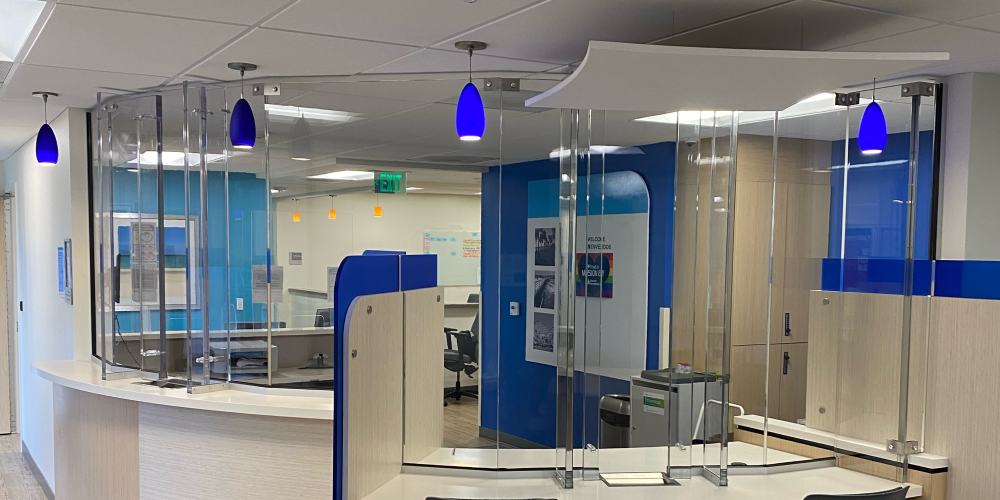As the world continues to change around us, safety increasingly becomes more of a concern and a burden that healthcare professionals shouldn’t have to carry. Hospitals are now recognizing that a systems approach, rather than individual security components, is key to protecting their valued staff and patients.
To help you prepare for any necessary upgrades, we’ve gathered together a list of frequently asked questions regarding ballistic systems in healthcare facility security.
What areas of the hospital are commonly protected with ballistic barriers? Is there a difference in UL level between the entry doors and the triage area?
The most common areas to protect in a hospital are the ER room, check-in desk (including the transaction window), security vestibule, and front lobby doors (even if they’re automatic). Typically you’ll find a level three at the front, possibly including the first set of windows in the ER area, but sometimes they’ll go down to level one.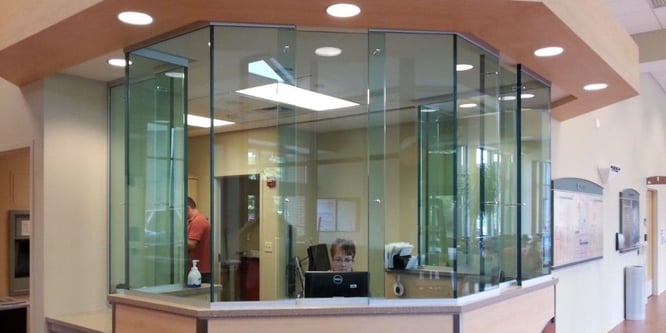
How do I know what ballistic product is a good fit for my project?
In order to know what ballistic products best suit your project, it’s important to ascertain the specific needs of the environment. Taking an “All-Hazards” Planning Approach in your evaluation will help you to arrive at these conclusions and prepare you for an onsite assessment with a security professional.
What UL levels are the most common in healthcare settings?
Typically you’ll find a UL level 1-3 system in healthcare settings, but it still depends on the amount of protection desired. It’s not common to need a barrier that can stand up to high-powered rifles, but occasionally for the right project, you might go with something higher than a level 3.
For interior glazing, you can choose from a level 1-2 coated or uncoated acrylic material, level 1-3 laminated polycarbonate, or level 1-8 glass-clad polycarbonate.
For exterior glazing, we like to recommend our level 1 Defender Insulated Glass series. You can also choose from laminated glass, insulated air gap glass, and glass-clad polycarbonates.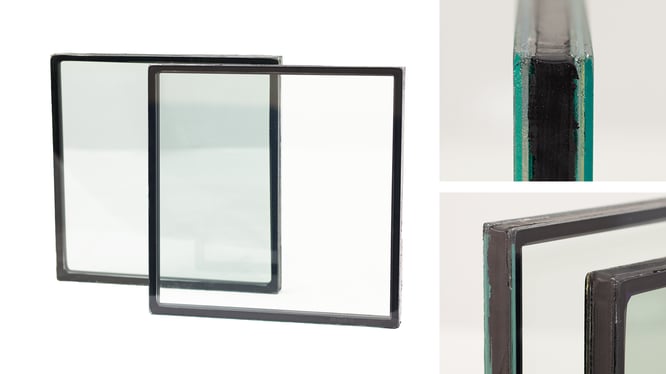
We offer ballistic fiberglass in levels 1-8 that is appropriate for new construction or a retrofit. This opaque, unfinished material is oftentimes installed in stud walls, millwork, and kick spaces, before being covered with a finished material such as drywall or plastic laminate.
Our framing systems are available in a few different types. We have a ballistic aluminum framing system that goes from levels 1-8, as well as a steel version that goes all the way through level 8. We also offer non-rated framing systems for the cost-conscious.
With a full range of door products, you have plenty of options to choose from. Our storefront aluminum, steel, and wood doors are available in levels 1-8. We also have all glass options, acrylic, and laminated polycarbonate full vision doors in levels 1-3.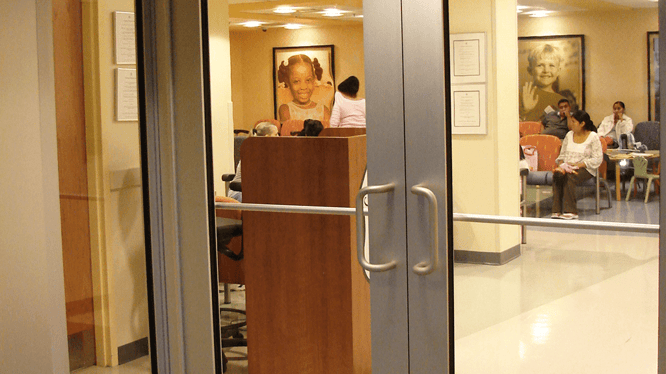
How are fiberglass panels used in healthcare settings?
Whether for new construction or a renovation, fiberglass panels are used in a variety of ways. You may see it used on a stud wall before it’s covered with sheetrock and finished. You could see it in the millwork at the ER station or underneath the counter in the triage area, applied to the front or back side and covered with a laminate or a veneer. These panels are similarly used in help desks and security stations below the counter to protect kick spaces so you can drop below the desk for protection.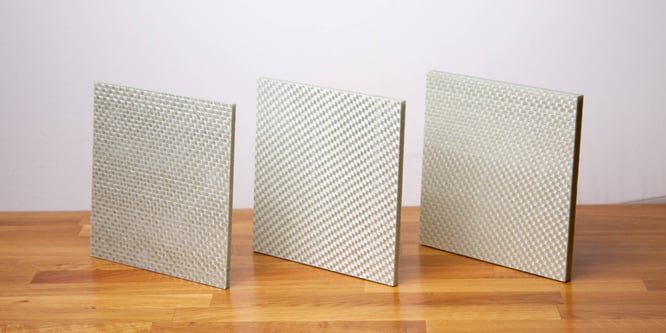
How do we ensure easy communication/interaction with patients/visitors?
With the right accessories, communication with visitors is a breeze. Voice transmission ports, baffles, and arch windows provide a variety of options, allowing for better sound transmission. Package passers, deal trays, and pass-through drawers can accommodate items of varying sizes without compromising protection, and a flat bottom tray allows for an entire clipboard to be passed back and forth.
What are my options to protect pharmacies or clinics (non-hospital settings)?
With pharmacies, there’s typically a drop-off, consultation, and pickup area. Sometimes this can make for longer stretches of space to protect, which may make some a little more cost-conscious. We typically recommend a level one acrylic glazing in that situation, but sometimes we see up to a level three depending on the threat level they’re looking to protect against. To complement the glazing, you’ll often see some type of voice communication for natural sound. You might see deeper deal trays or passers to accommodate prescription bottles of varying sizes, but cubes with interlocking doors or Lazy Susans are used, as well. If space is limited we can also customize all kinds of different configurations to accommodate the space you have.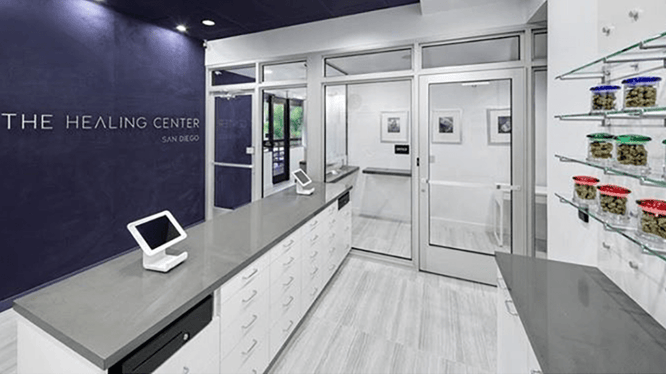
How do we protect against high-powered rifles?
If more ballistic protection is desired, we typically recommend not going any higher than a UL level 4 or 5. Given that most federal government projects usually don’t go above a level 5, it’s unlikely a hospital would need to. The higher the UL level, the more expensive it becomes, but there are additional concerns to consider. As the glass becomes thicker, clarity becomes an issue, and the infrastructure to support the weight of a product three to four times heavier than non-ballistic materials also has to be taken into consideration.
Should I have an onsite assessment from the security product manufacturer?
Put simply, yes. We’ve found that the sooner we’re called in on the project, the smoother it goes, as it’s hard to make changes after the bid or statement of work goes out. We’ll come out, do a site assessment, and provide you with the information you need to determine how to protect the most important areas without going over your budget.
How do architects fit into the TSS process? What about a general contractor?
We welcome working with architects and general contractors! We’re more than happy to have architects come in to provide them with any necessary details for their design, so we can determine together what’s best for the end user’s facility, and we’re available to collaborate with general contractors on site assessments.
What are my installation options?
Whether you choose to work with a general contractor or with factory installers from TSS, the choice is up to you. Our installation teams travel across the country and are happy to partner with a general contractor or subcontractor, whatever works best for your situation.
How long does my building need to be a construction zone? Will it disrupt business?
Installation time depends on the project, but business disruption tends to be minimal. We try to come in after hours or on the weekends, but if necessary we can work during the day to accommodate your scheduling needs. The majority of our installations actually happen overnight, allowing your office to be up and running the next morning.
Ballistic Security You Can Count On
With the rising tensions in previous years, TSS knows how vitally important healthcare safety is. If you have questions or want to get started with a specific project, contact our ballistic security experts today.
